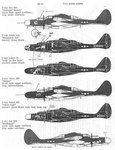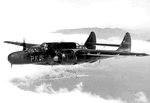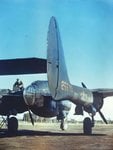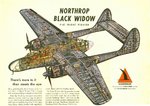carman1877
Airman
- 51
- May 14, 2009
Do you think that the P-61 Black Widow was a good night fighter, because I am not sure and what like to see what other people think.? Also does anyone have any interior pictures, diagrams, or cutaways?
Thanks
Thanks





